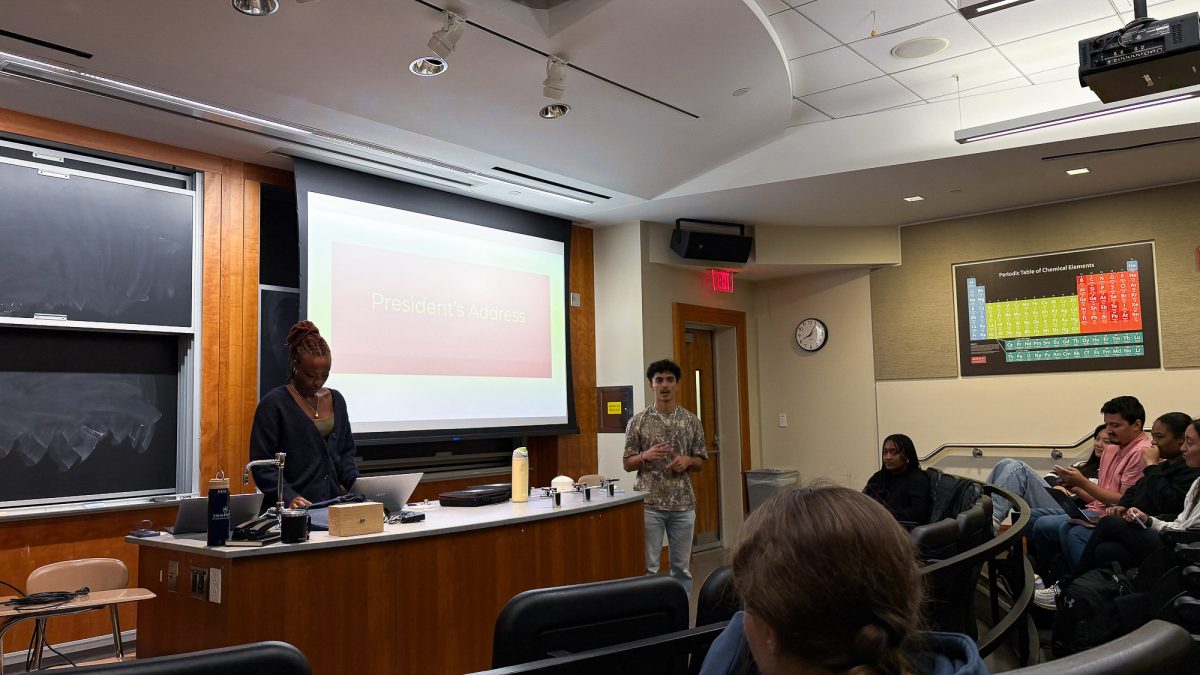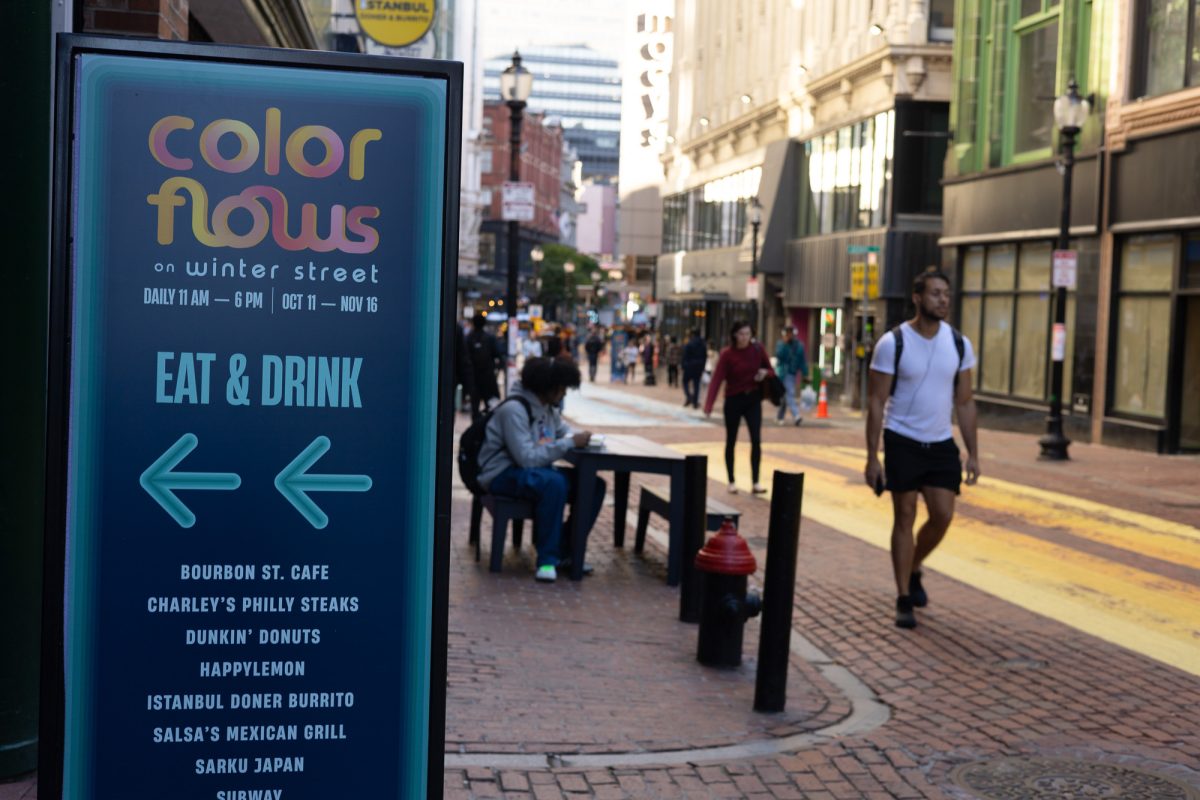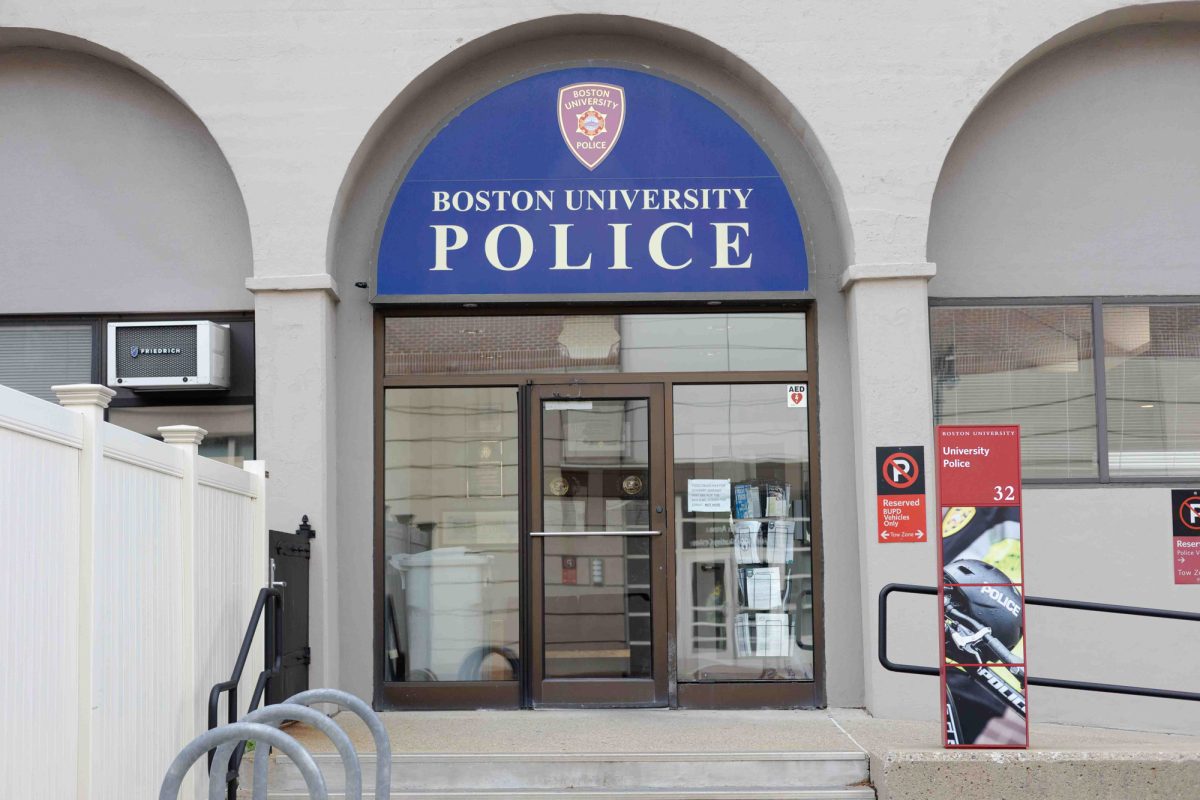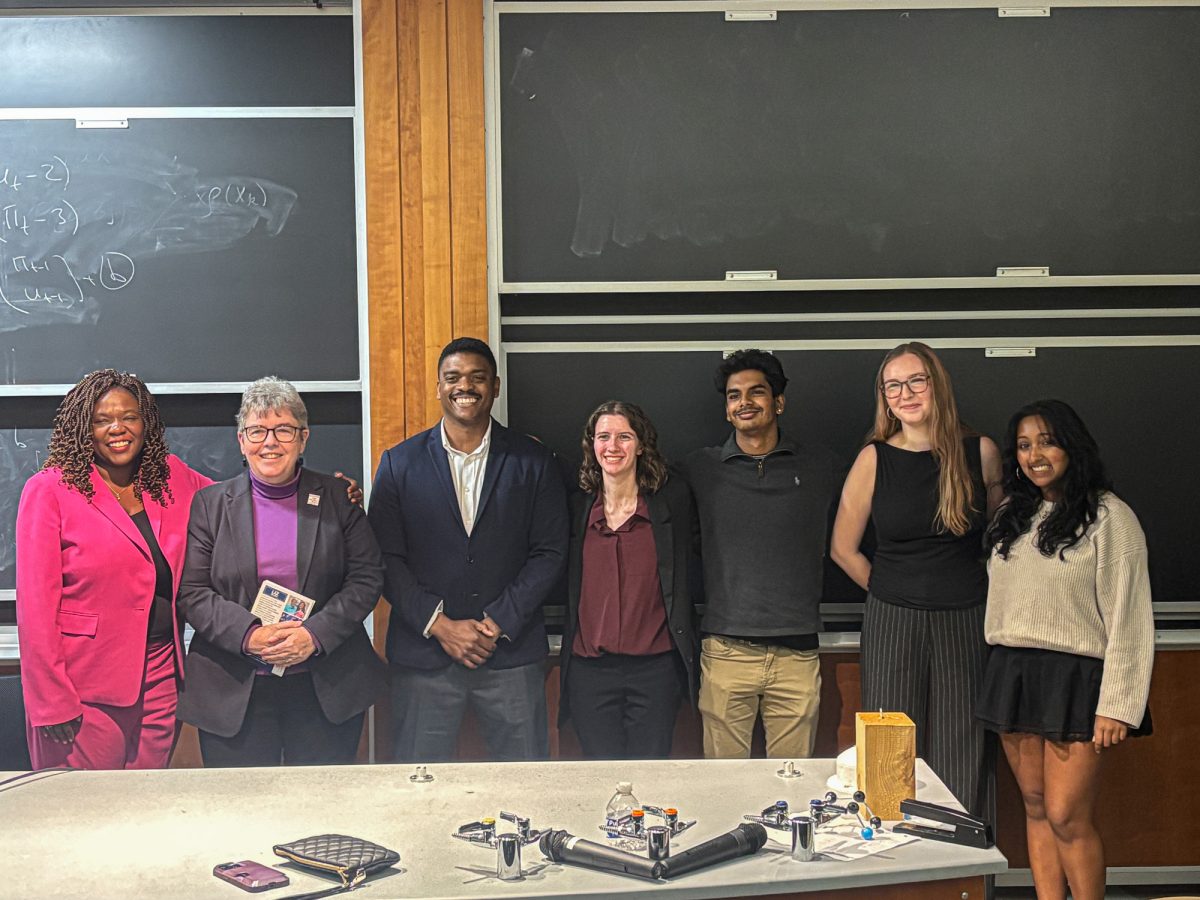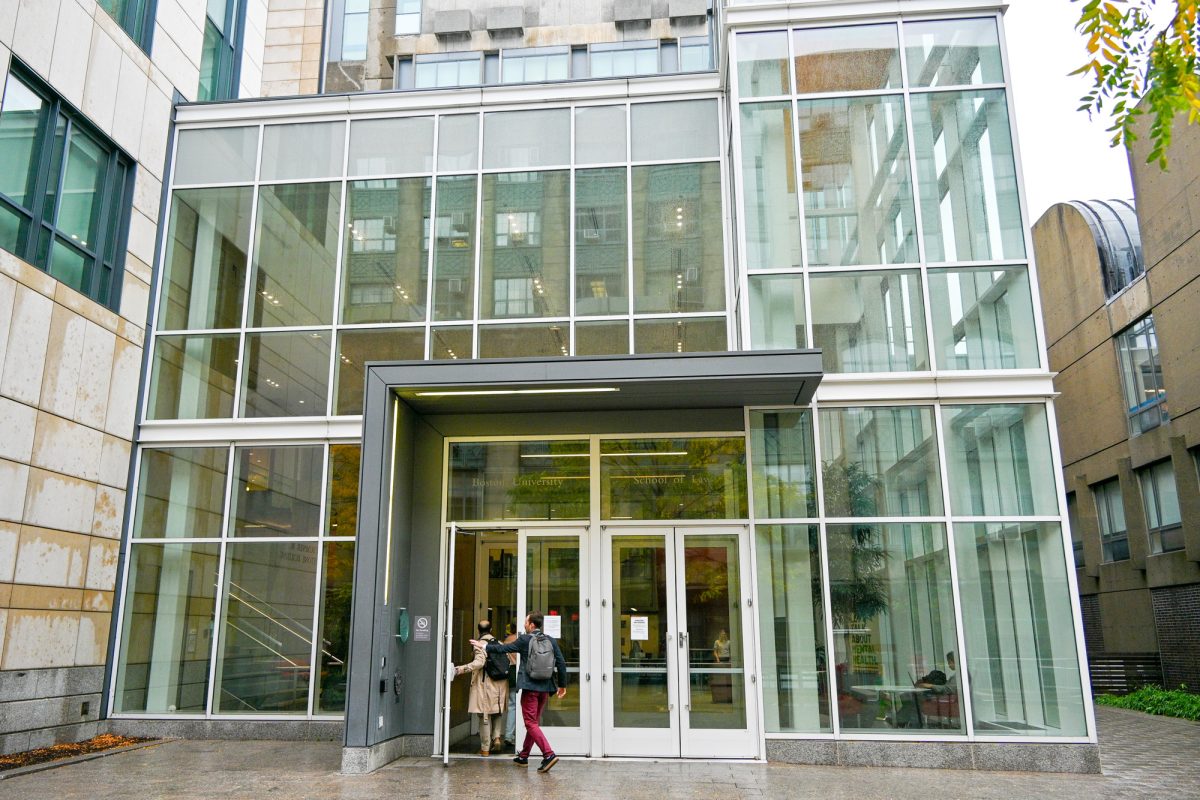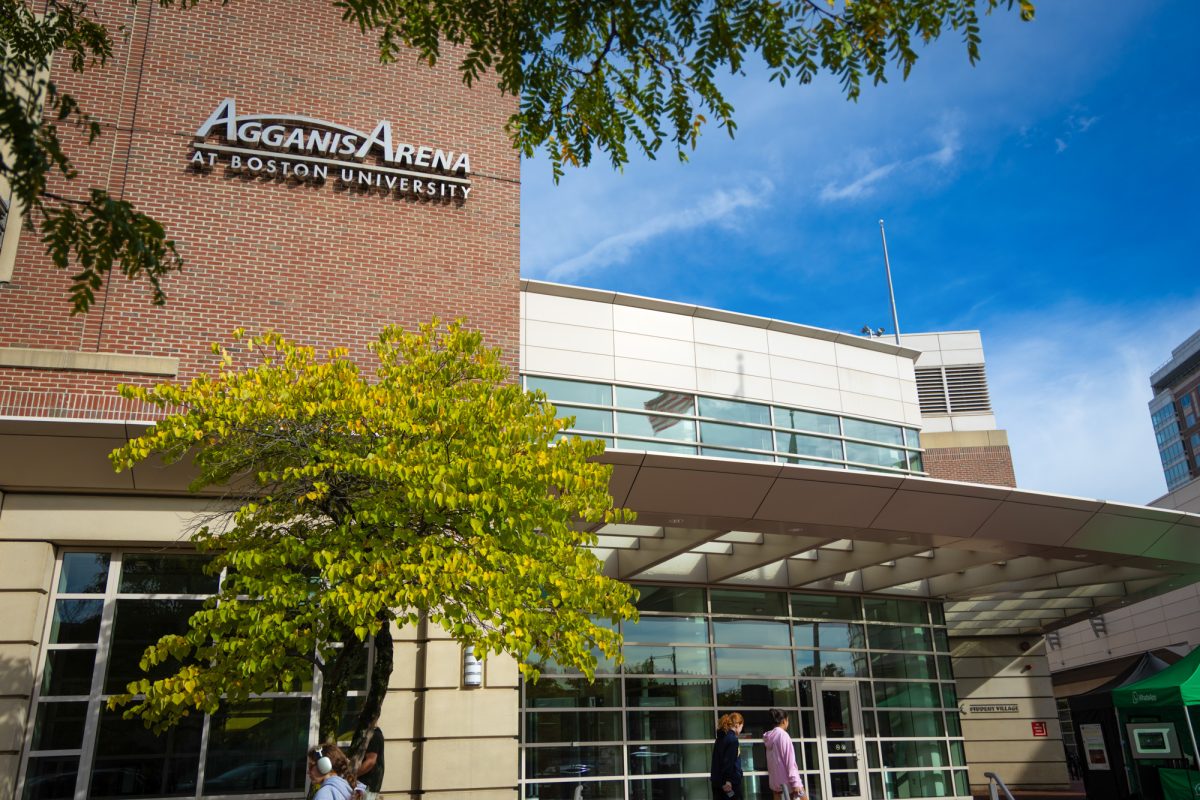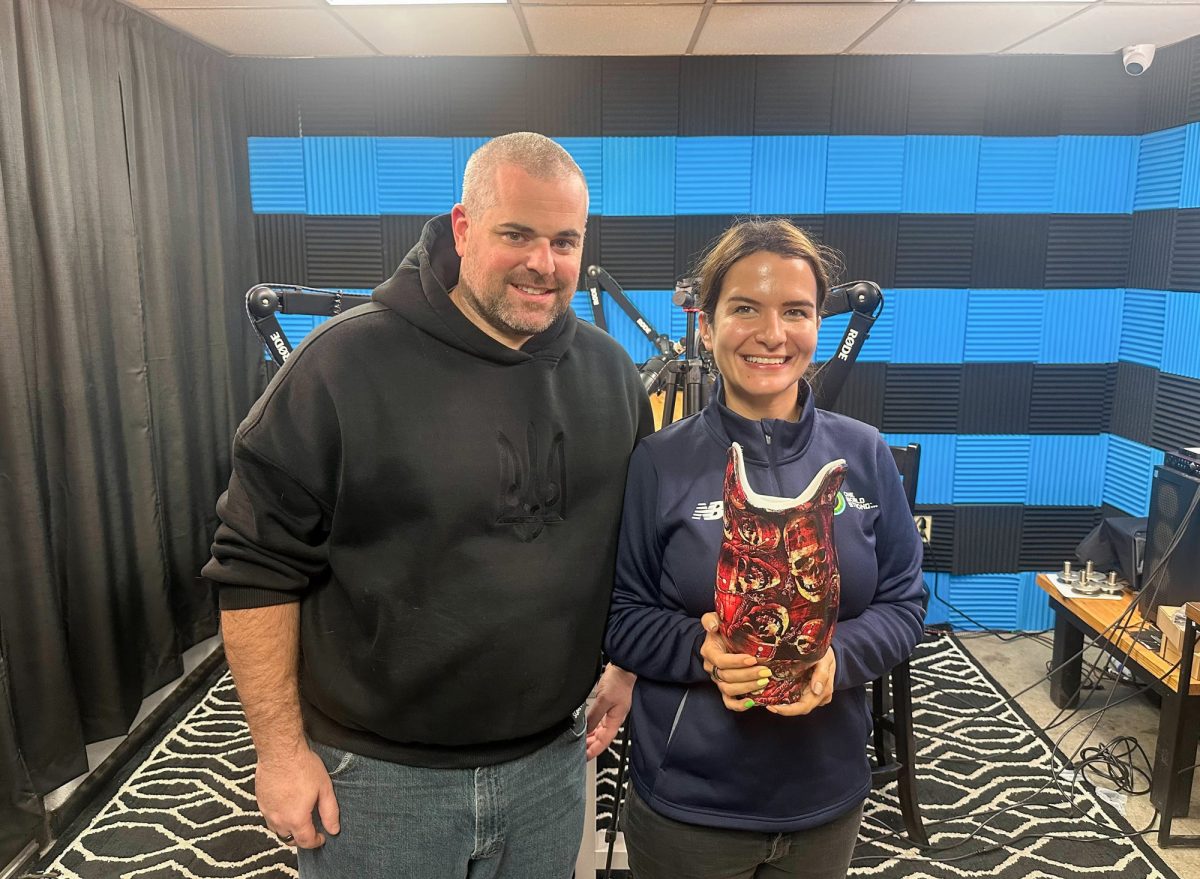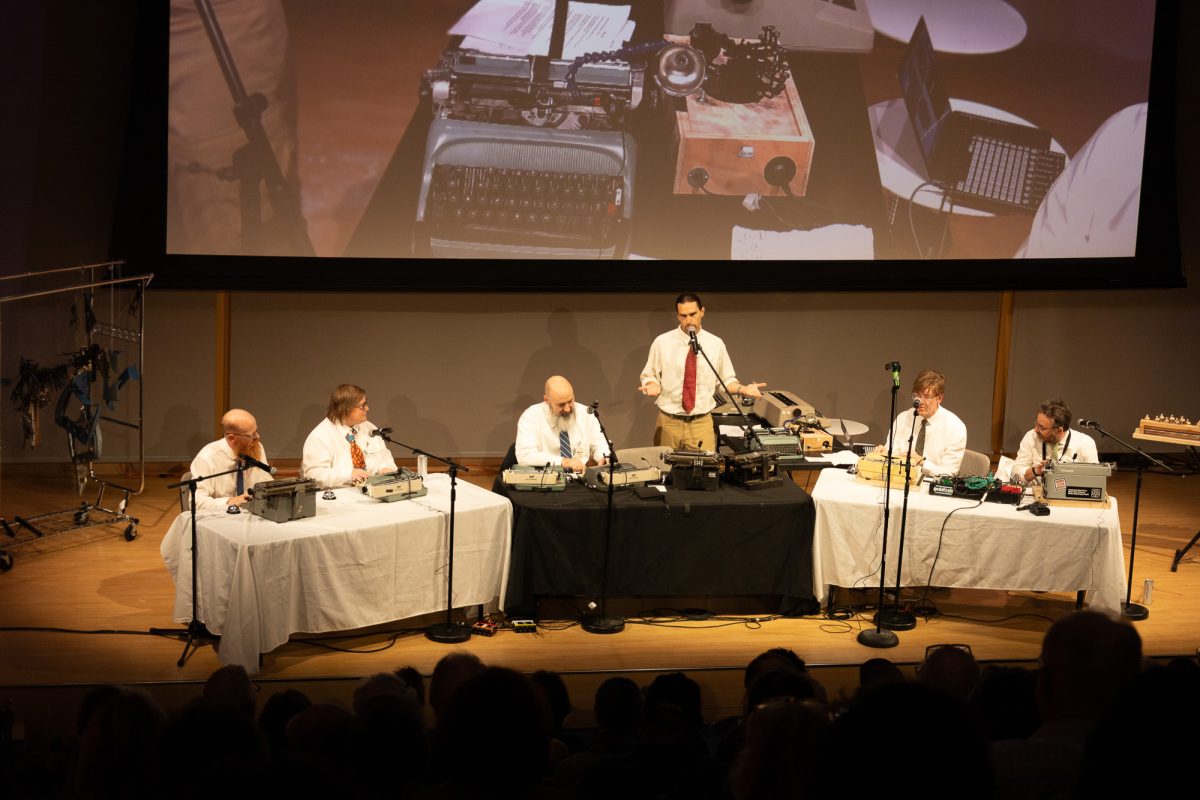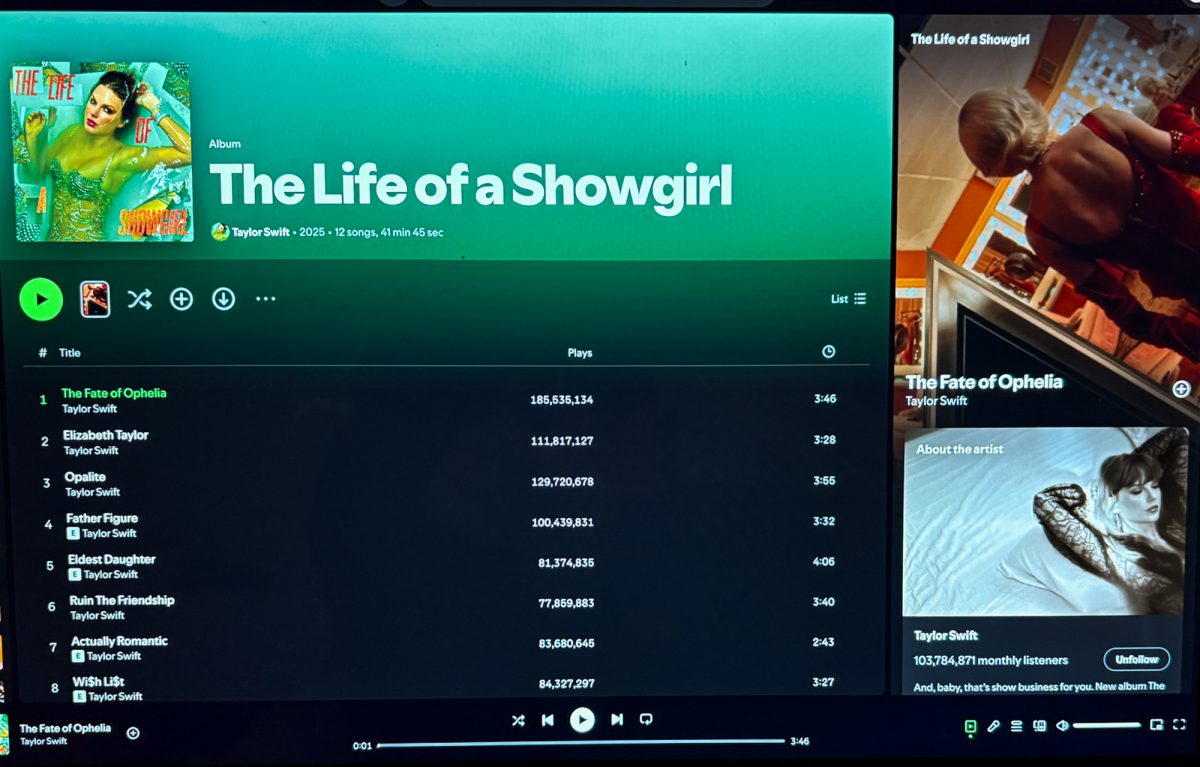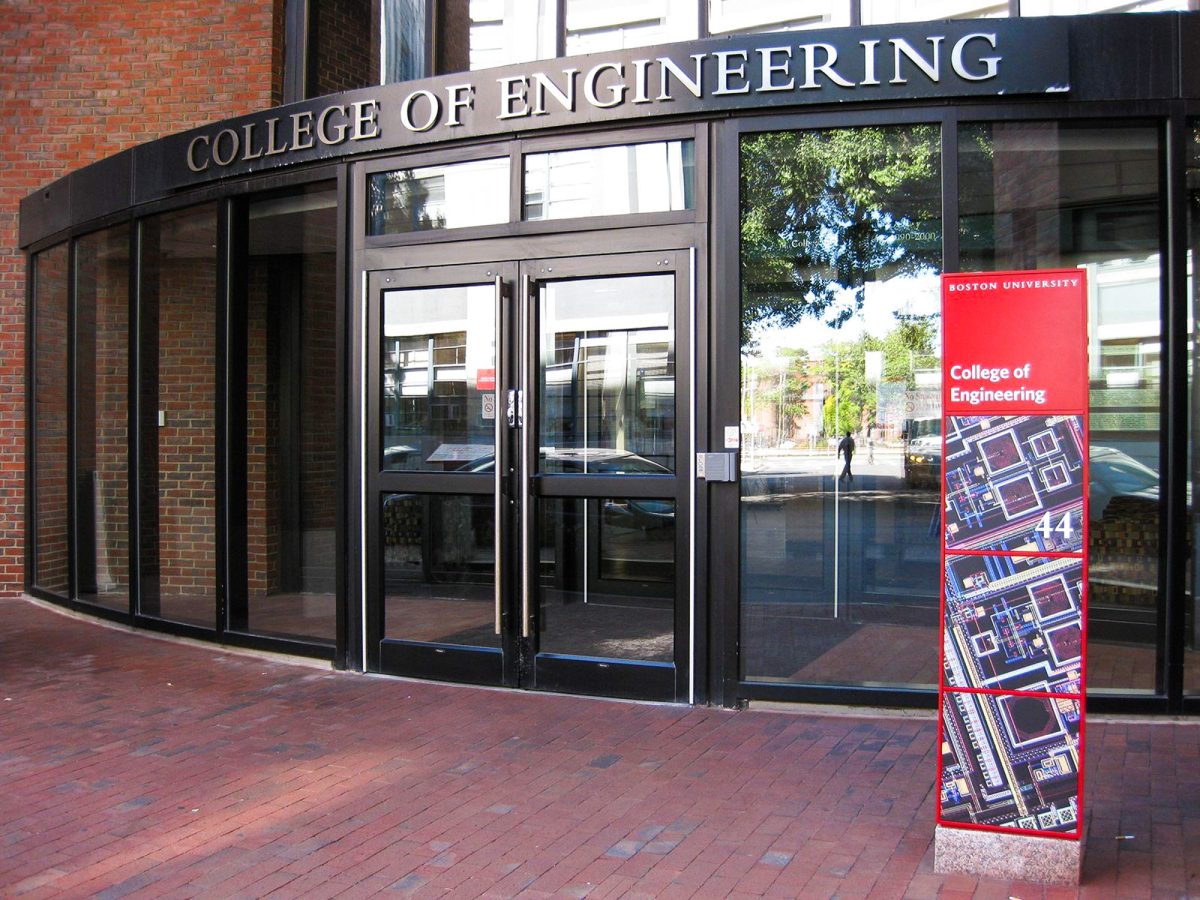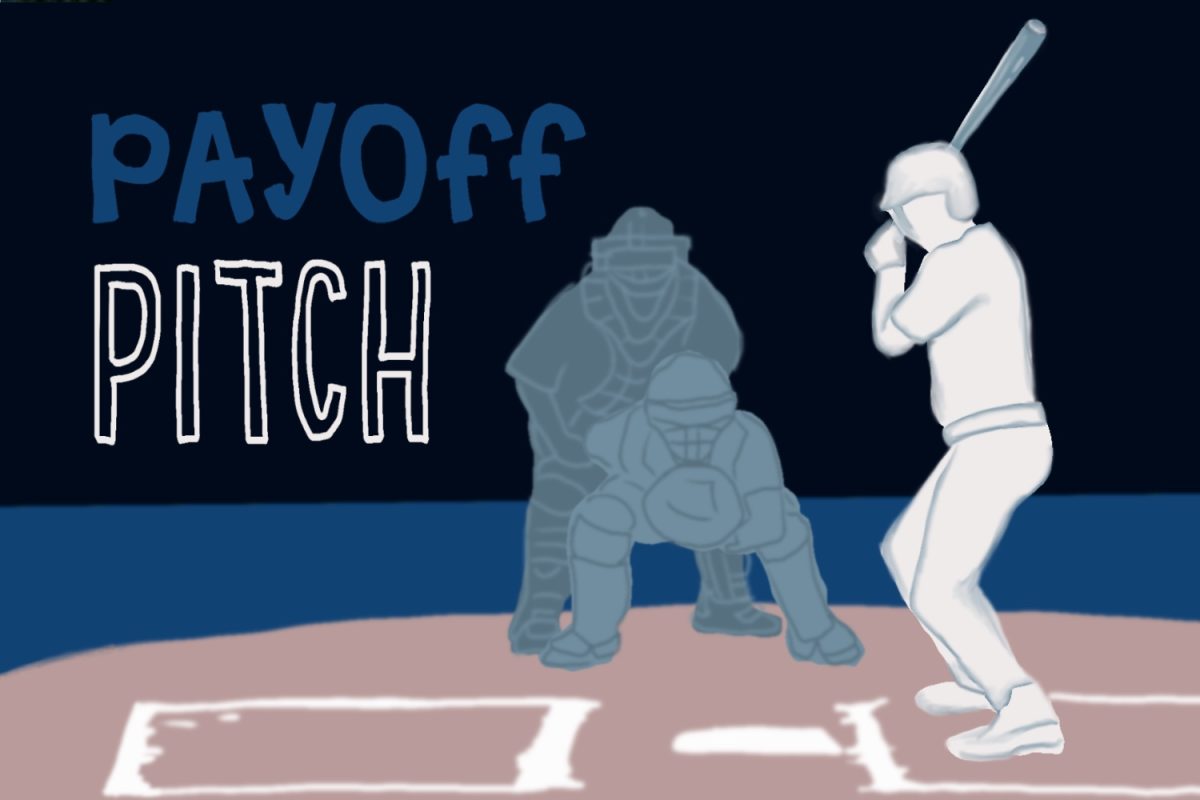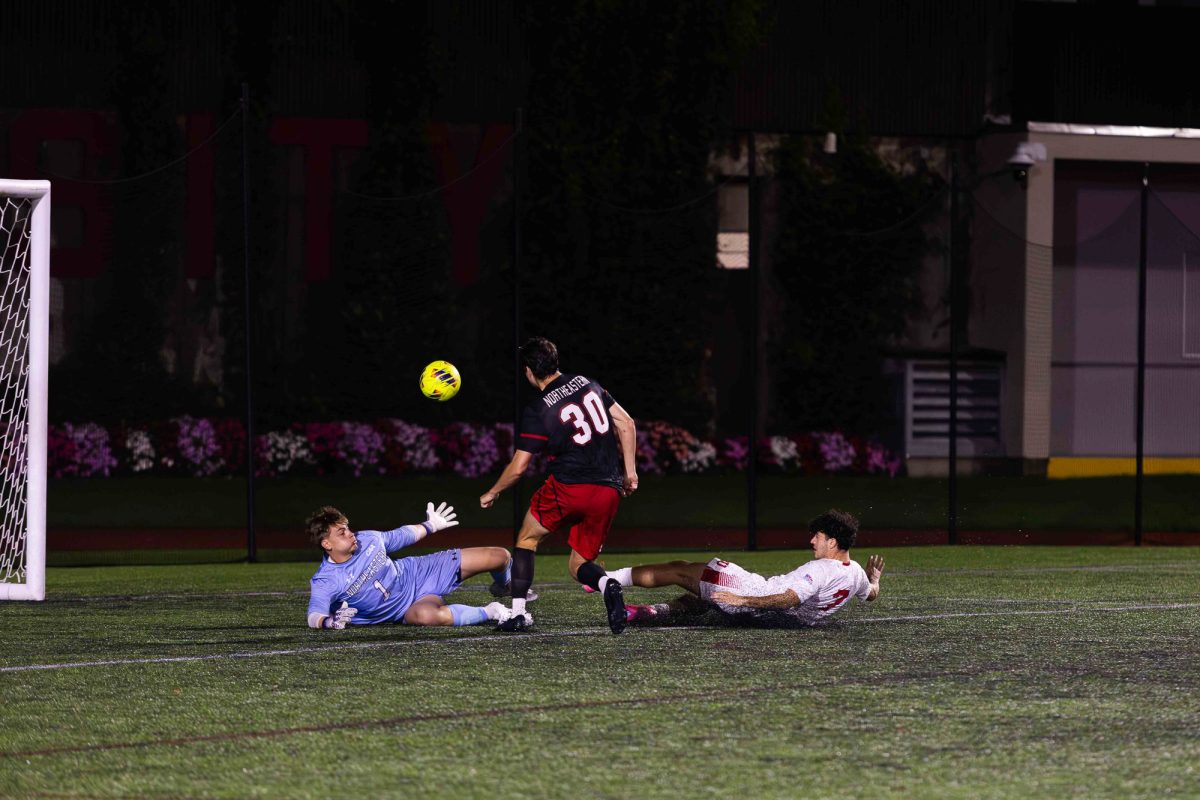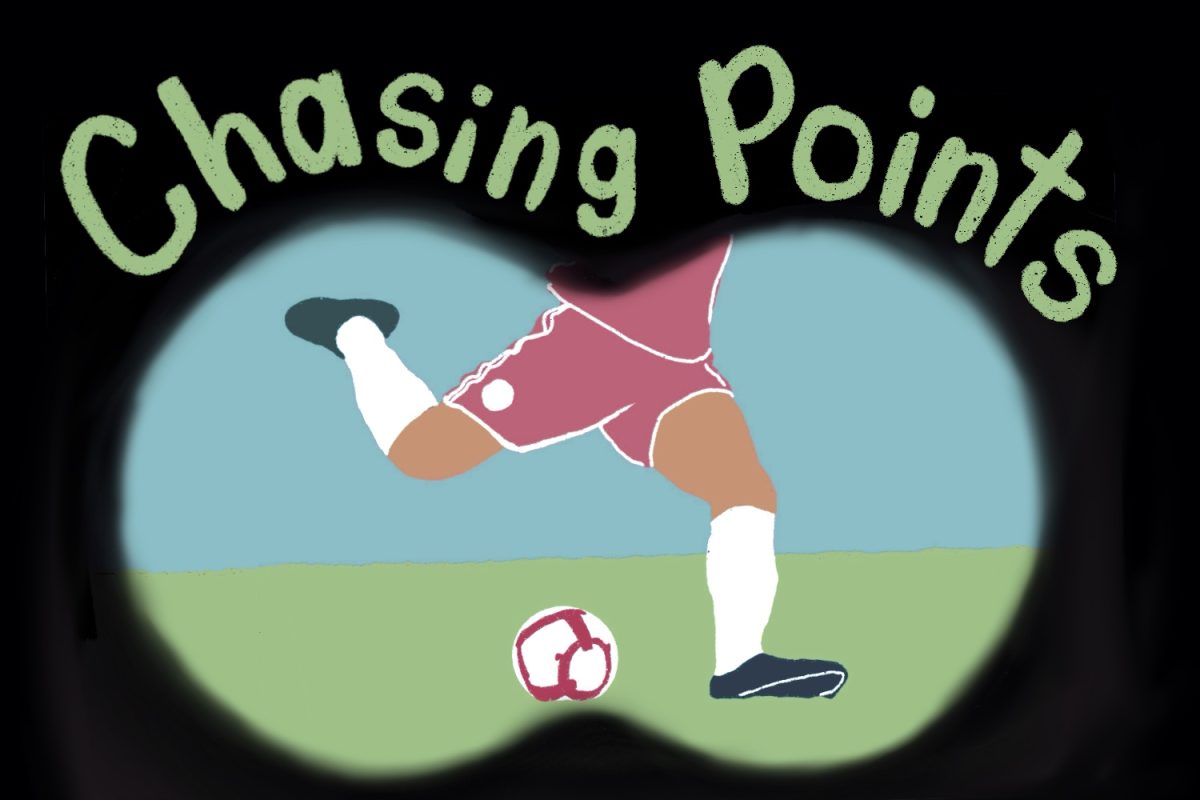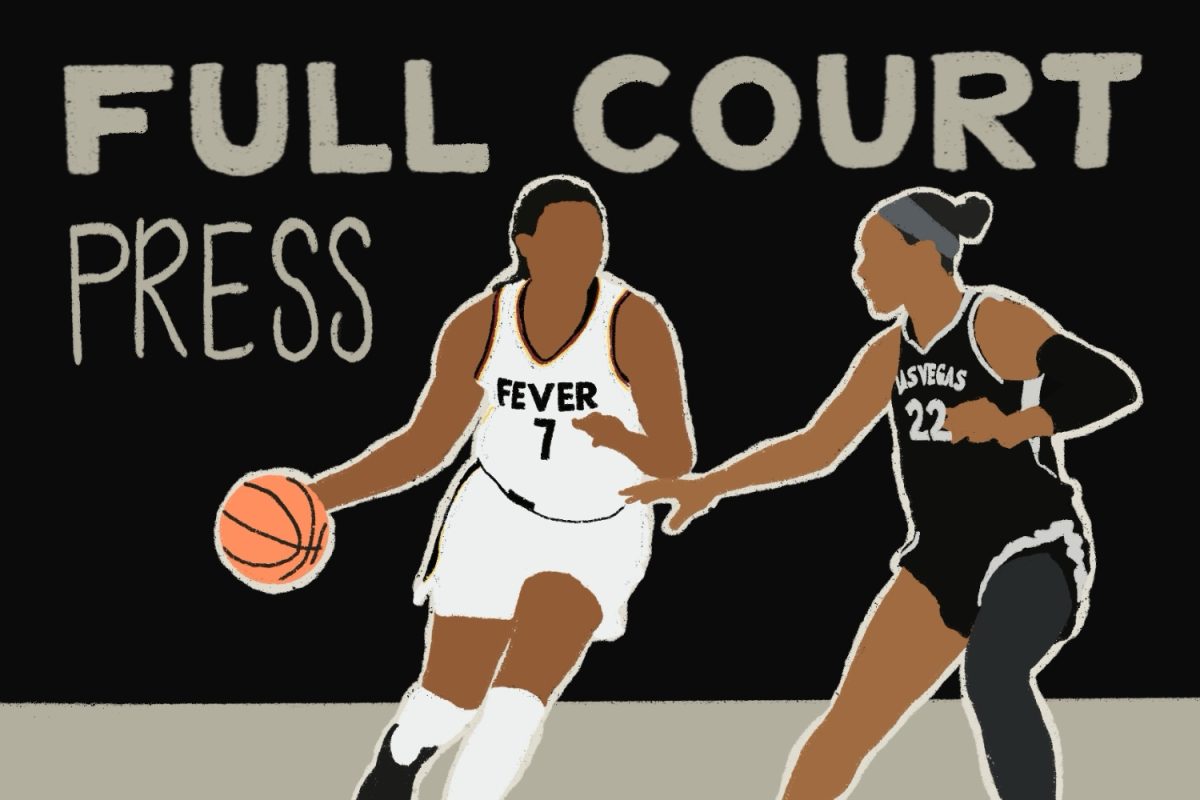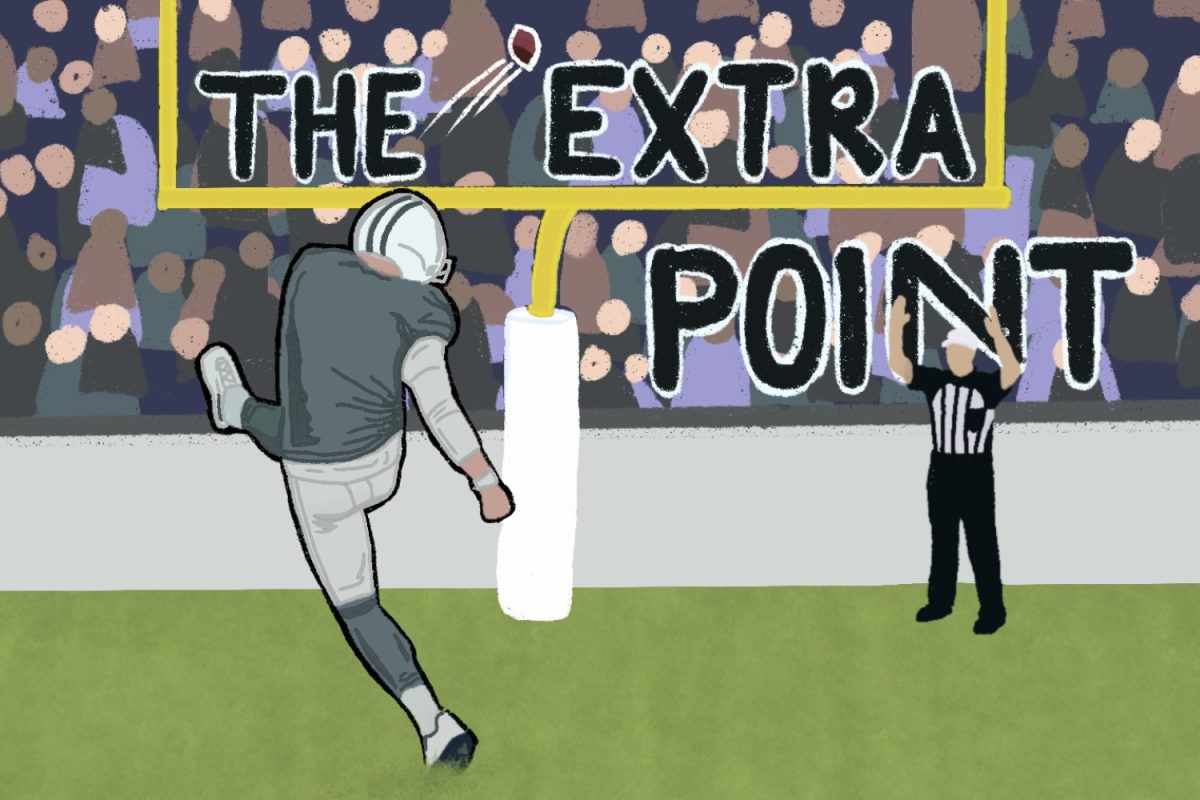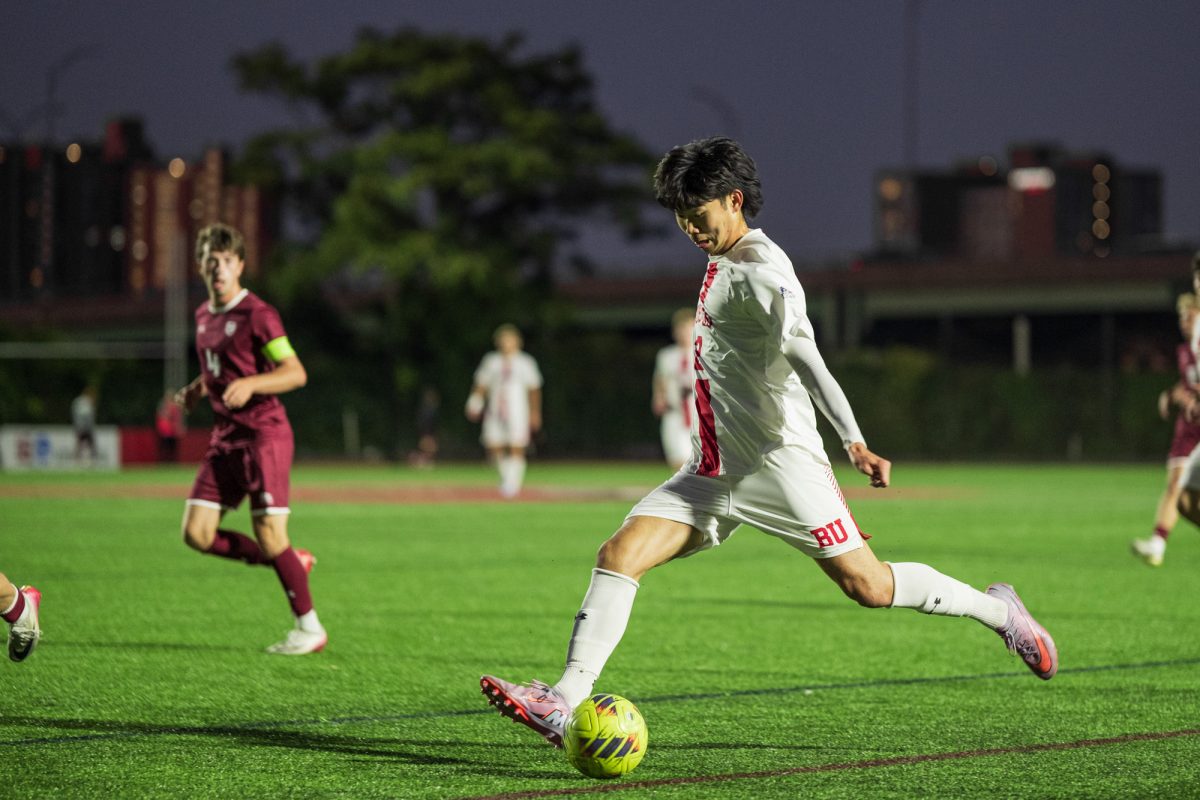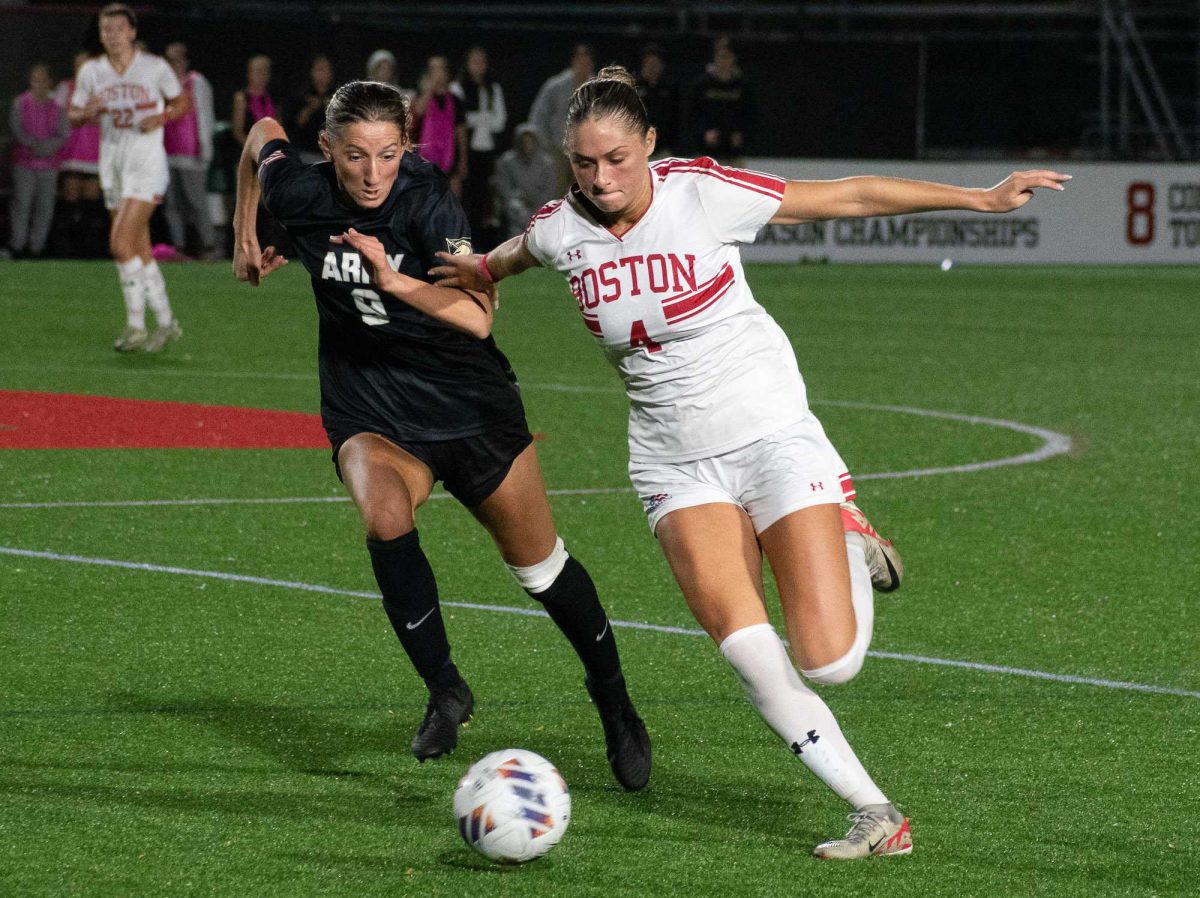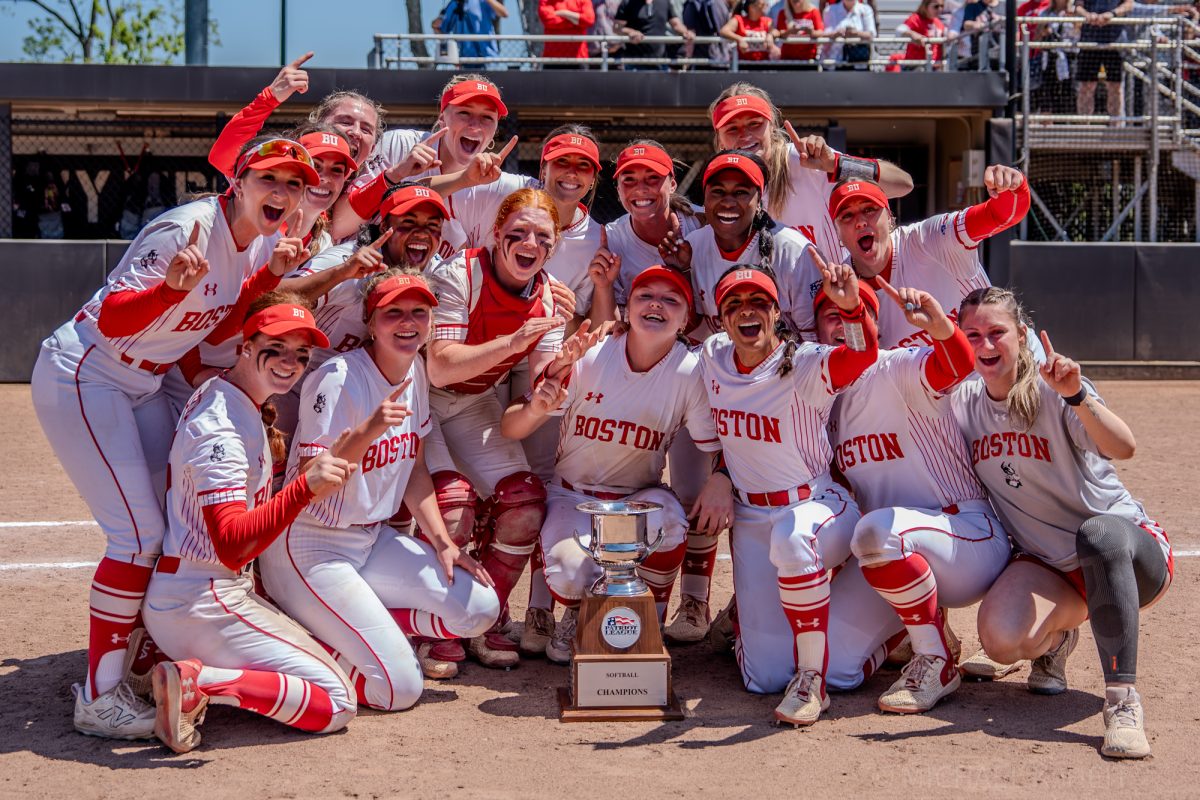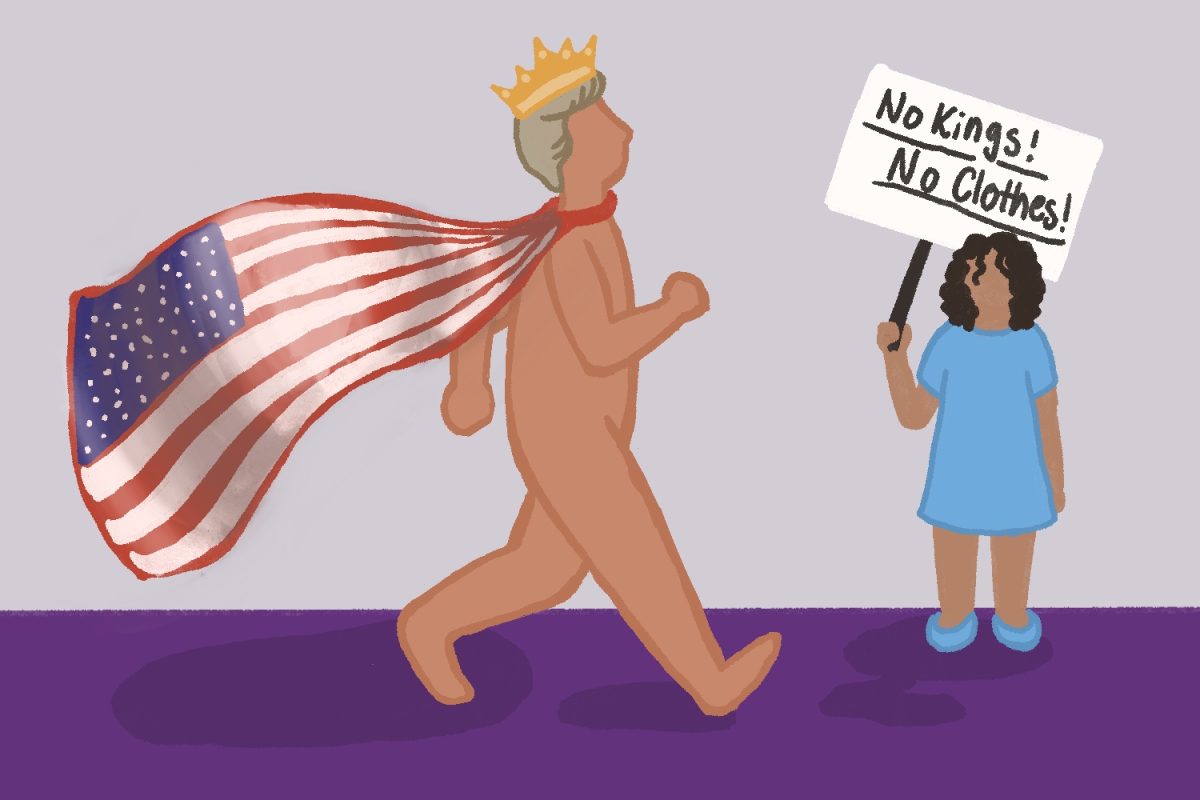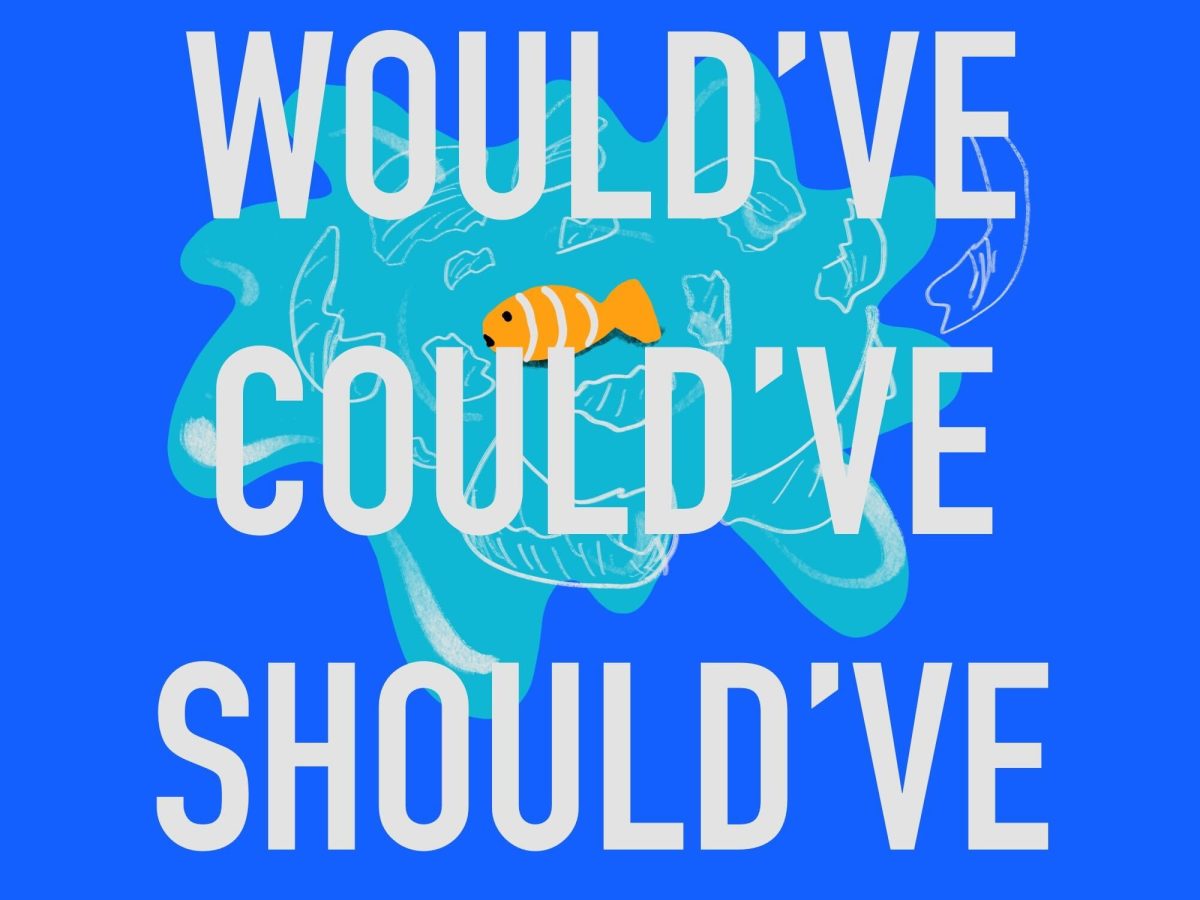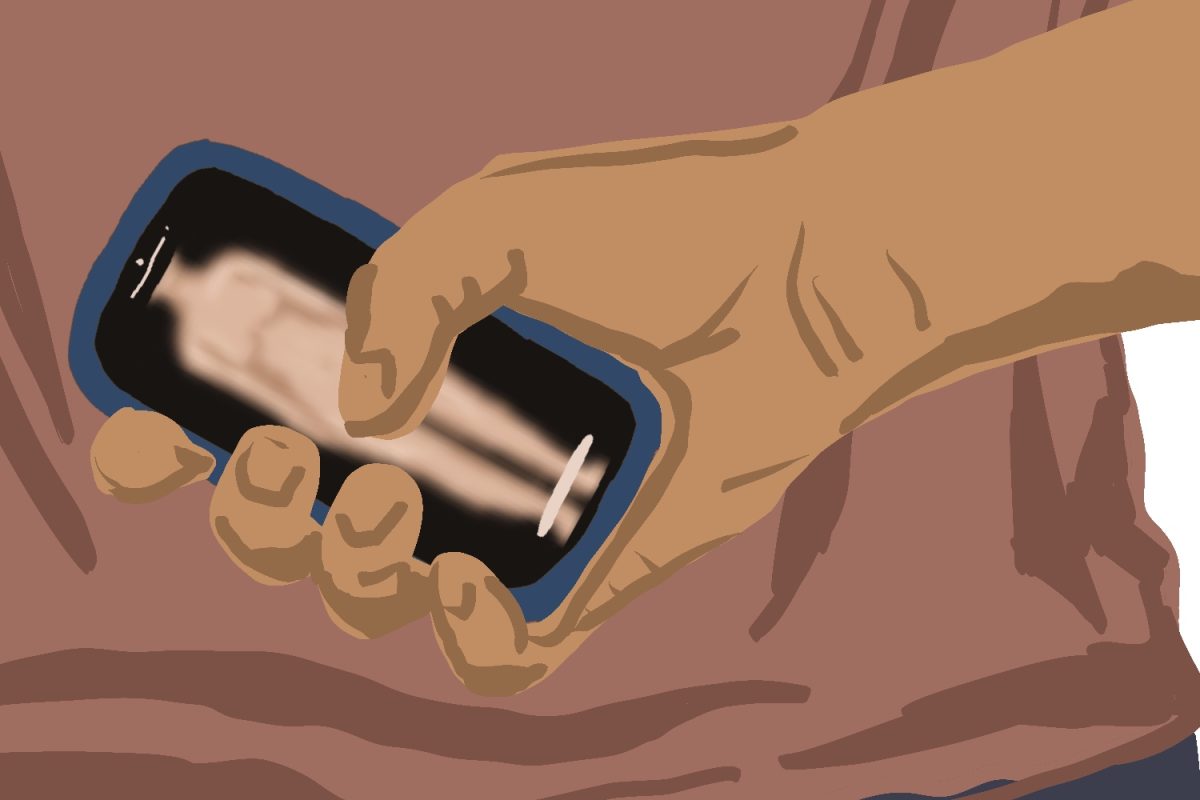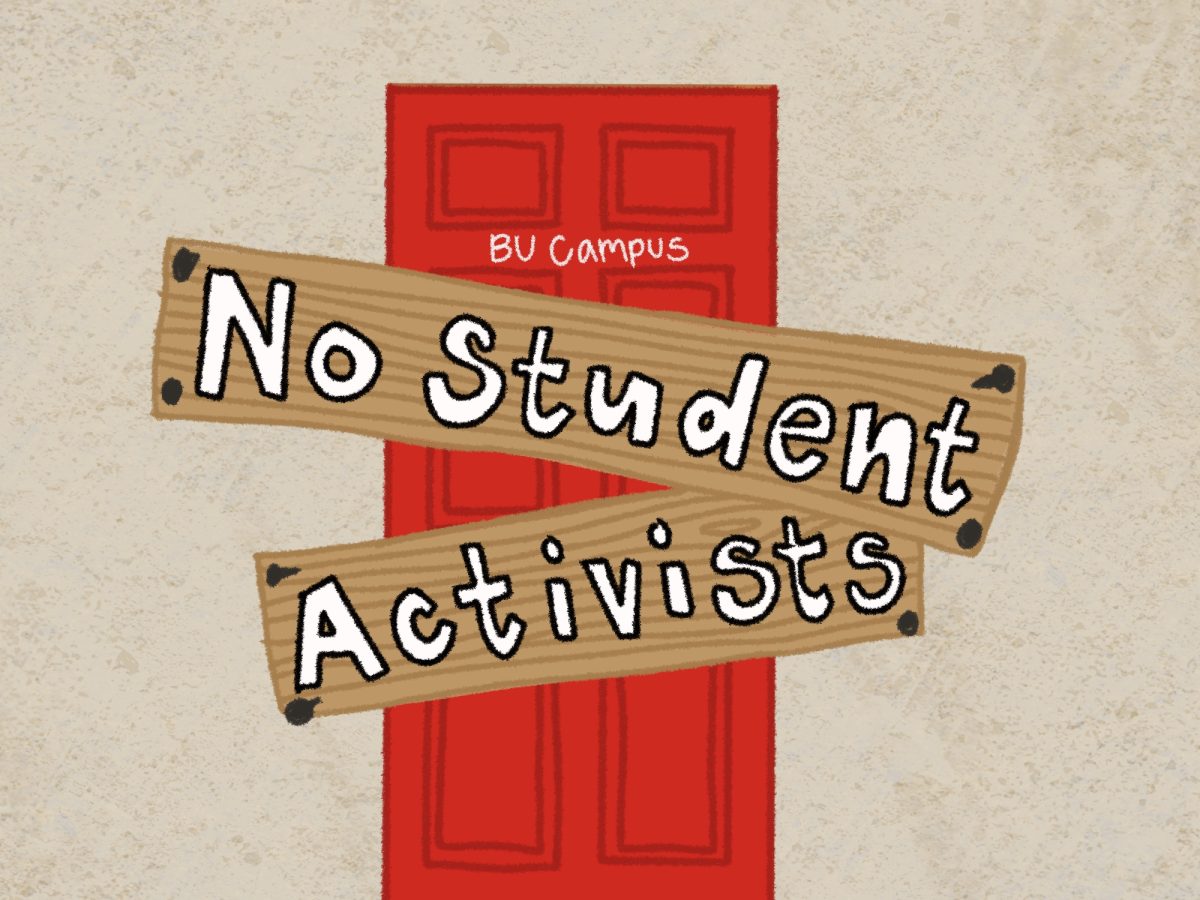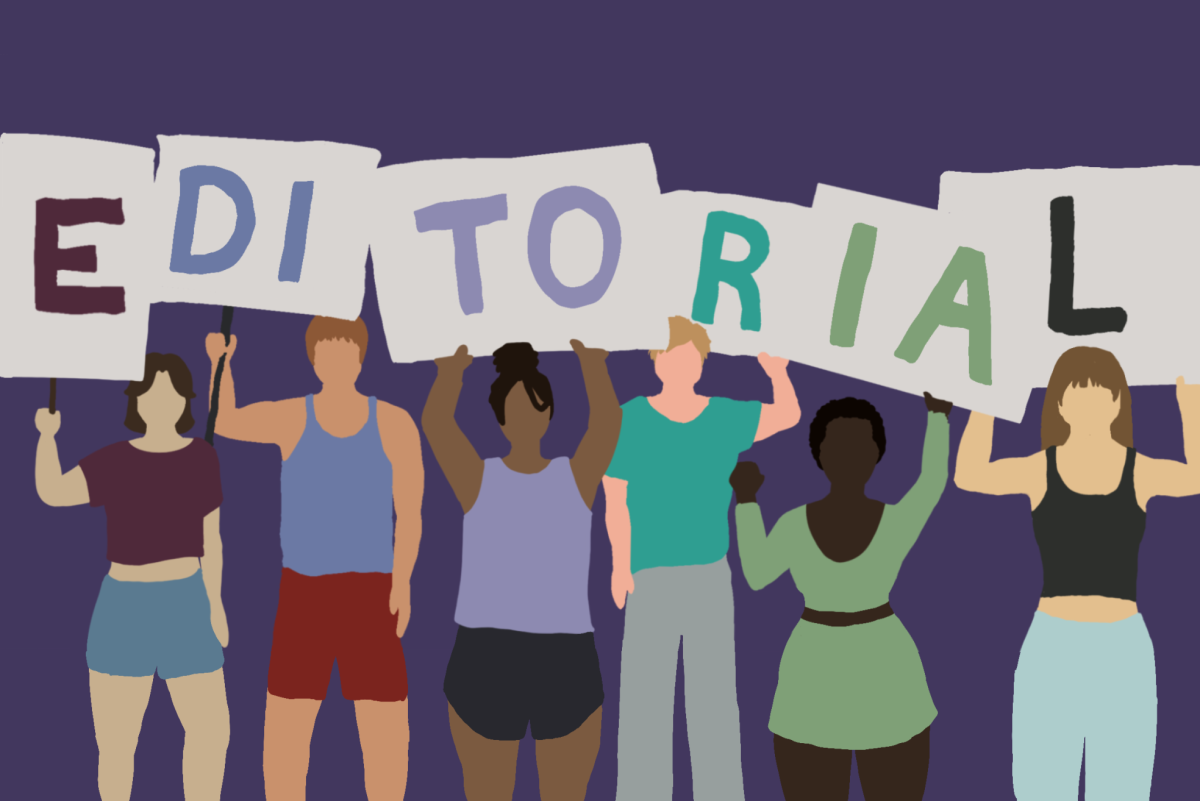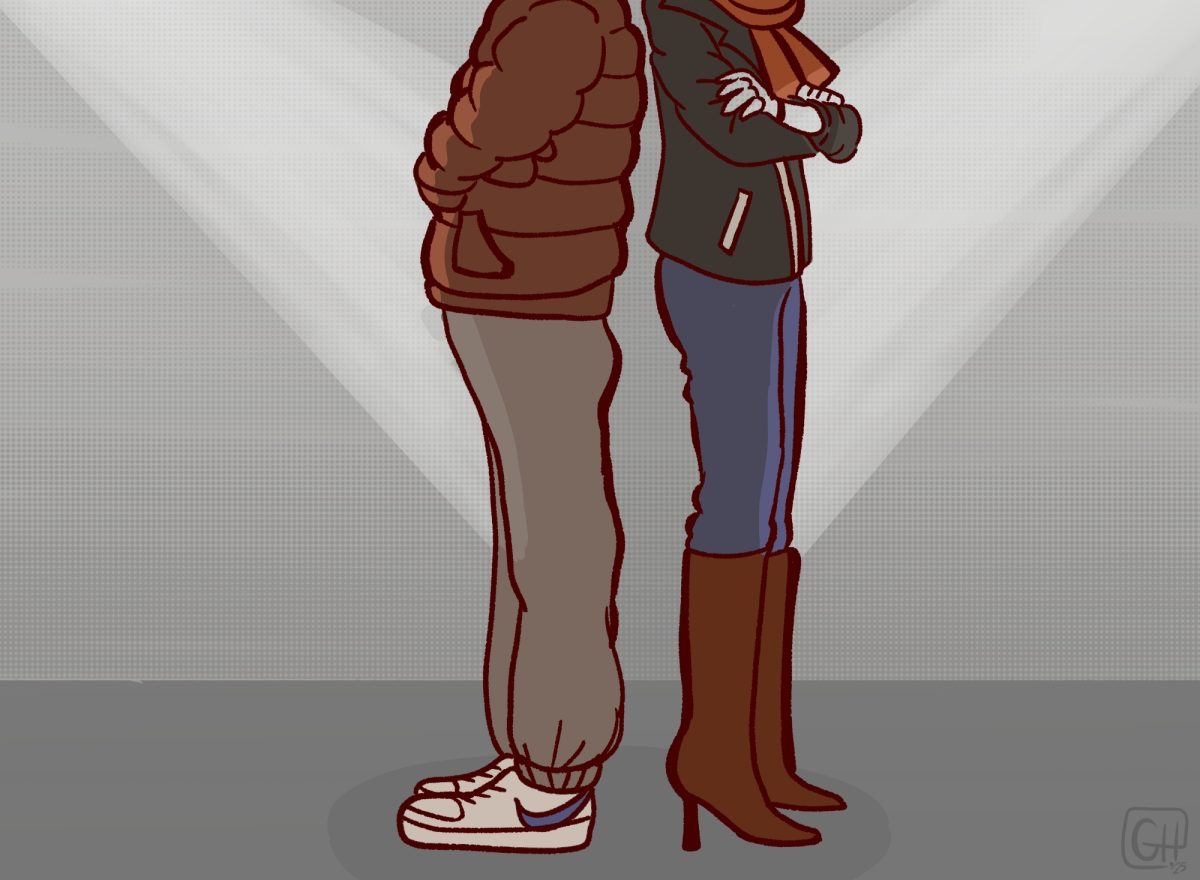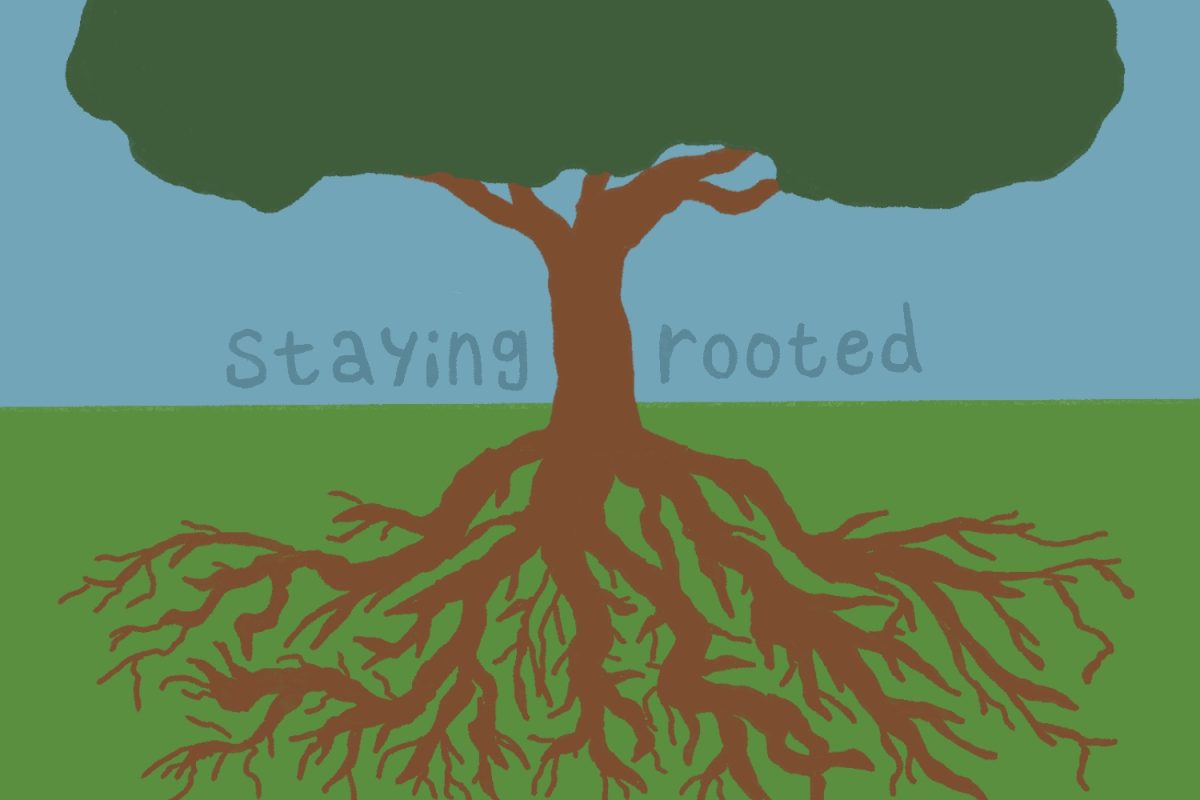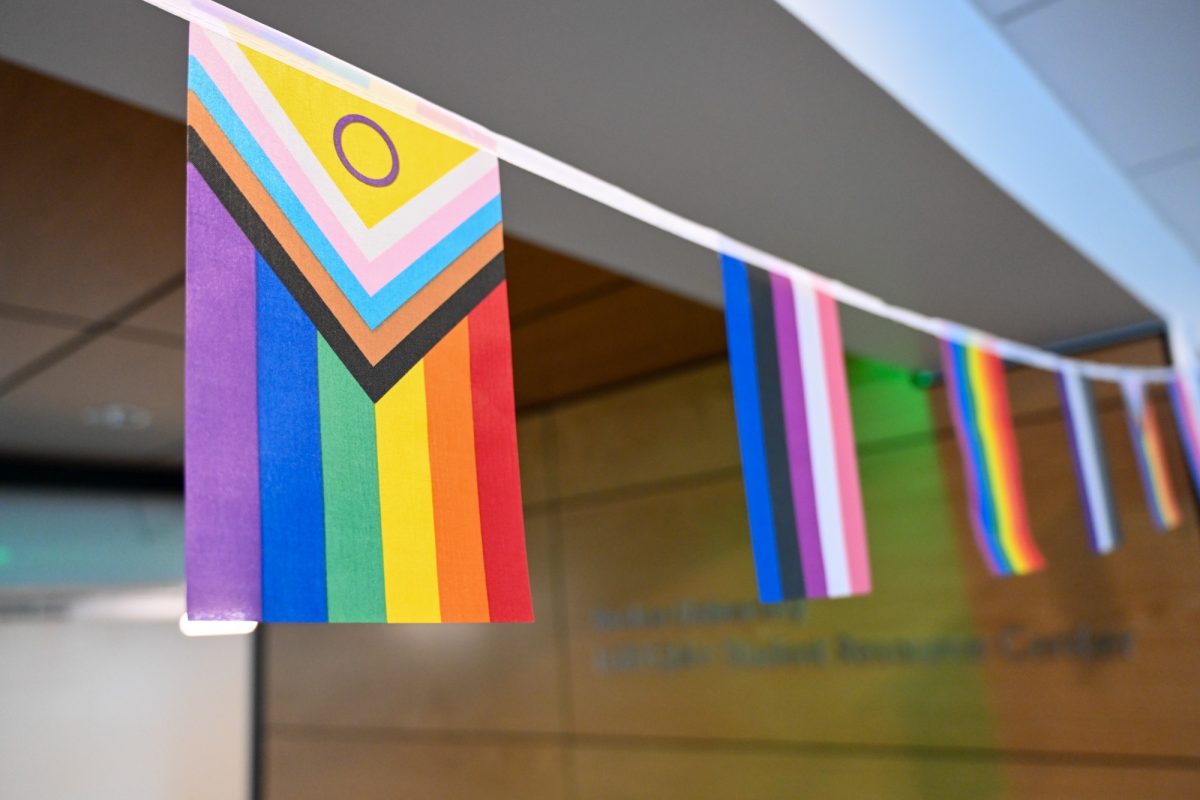A debate that has raged on — sometimes silently — for years within the ranks of Boston University is centered around some administrators who say American Sign Language does not fulfill some foreign language requirements because it lacks a distinct culture.
For most students registering to fulfill their foreign language requirement, an ASL course is just another option on a long list. However, more than a decade ago, ASL’s appearance on the course list drew protest from several BU professors, many of whom have helped bring a revision to its policy in the past two years.
College of Arts and Sciences students may fulfill their language requirements by taking four semesters of ASL, but must then pass a proficiency test administered by the School of Education.
Between 1991 and 2004, both students and faculty repeatedly petitioned the BU administration to change its policies toward ASL and accept it as a foreign language, specifically within CAS.
Because ASL courses are offered solely through SED, students cannot satisfy CAS requirements simply by completing course work, said CAS Associate Dean for Students Wayne Snyder. So they must pass the proficiency exam.
“Students should be able to meet the requirement by completing four semesters of [ASL] just as is done with Spanish, German, French, etc.,” said Director of Deaf Studies Robert Hoffmeister in an email.
Hoffmeister has been involved with the proposed changes for years and was instrumental in the 2004 proposal that gave ASL recognition within CAS as a foreign language, though the proficiency exam was attached to it. The official acceptance from CAS came in March 2005.
ASL professor Dana Schlang, who is deaf, reviews student proficiency exams and decides whether the student has successfully gained fourth-semester knowledge of the language. If students do not meet the ASL criteria during the 15- to 20-minute exam, an additional four semesters of a foreign language must be taken to fulfill the CAS requirement, she said. SED does not have a foreign language requirement.
CAS dean Jeffrey Henderson said most U.S. colleges do not consider ASL a foreign language because it is not used by a group of people with a distinct social or cultural background.
“Generally, it doesn’t have the kind of hallmarks of a culture that foreign language usually designates,” he said. “It’s not foreign in that sense because there are all kinds of ASL signers in the country, [and] it cuts across all of the boundaries — gender, ethnic.
“[CAS does not] think that way,” he continued. “We think that linguistically, it is a language and it does have a culture . . . but we don’t think it’s a liberal-arts language to the extent that we would want to put it in one of our departments and offer a series of language-based culture classes in it.”
In the College of Communication, ASL does not fulfill the foreign language requirement because it is not considered to be a foreign language by COM administrators, said COM Student Services Director Micha Sabovik in an email.
Because ASL does not have a written form, many consider it to be almost the same as English, but Schlang, whose first language is ASL and second is English, said ASL “meets all criteria” for a language with a culture.
Schlang gave the example of some African languages that have no written forms but maintain distinct cultures and are still considered languages.
“[ASL] is definitely not English on the hands,” Schlang said through an interpreter. “ASL [is] dependent on facial features, movements, expressions.”
Schlang said a story told in ASL could be translated into English, but ASL idioms and certain phrases would be lost in translation, a problem that shows the distinct variations between ASL and spoken English.
English professor David Wagenknecht, whose son is deaf, said deaf poetry uses hand gestures to symbolize rhymed words, and deaf storybooks are available on video. He added these storybooks could constitute a recorded form of language, similar to the written form of English.
Wagenknecht was also instrumental in the 2004 proposal that allowed ASL into CAS as a foreign language. Schlang also said there is a rise in the number of Vlogs — or video blogs — used to preserve ASL in recorded form.
There are distinguishing features of the deaf community that mark its culture, Wagenknecht said.
“[The] primary quality of human culture is language, and if you have a language, then you have a culture,” Wagenknecht said. “[ASL] certainly is not [spoken] English.”
“To try and sign like one would speak English doesn’t make sense,” said SED sophomore Ashley Reuter, who is enrolled in her fourth semester of ASL, in an email. “There’s syntax and expression and movement that goes with signing.”
The current system for ASL will most likely remain the same at BU, but there is always the possibility for change, Henderson said.
“Never say ‘never,'” he said. “I think that maybe in the future, ASL does come into the college in some form as a curriculum, but right now, we think that this is a good middle ground.”


